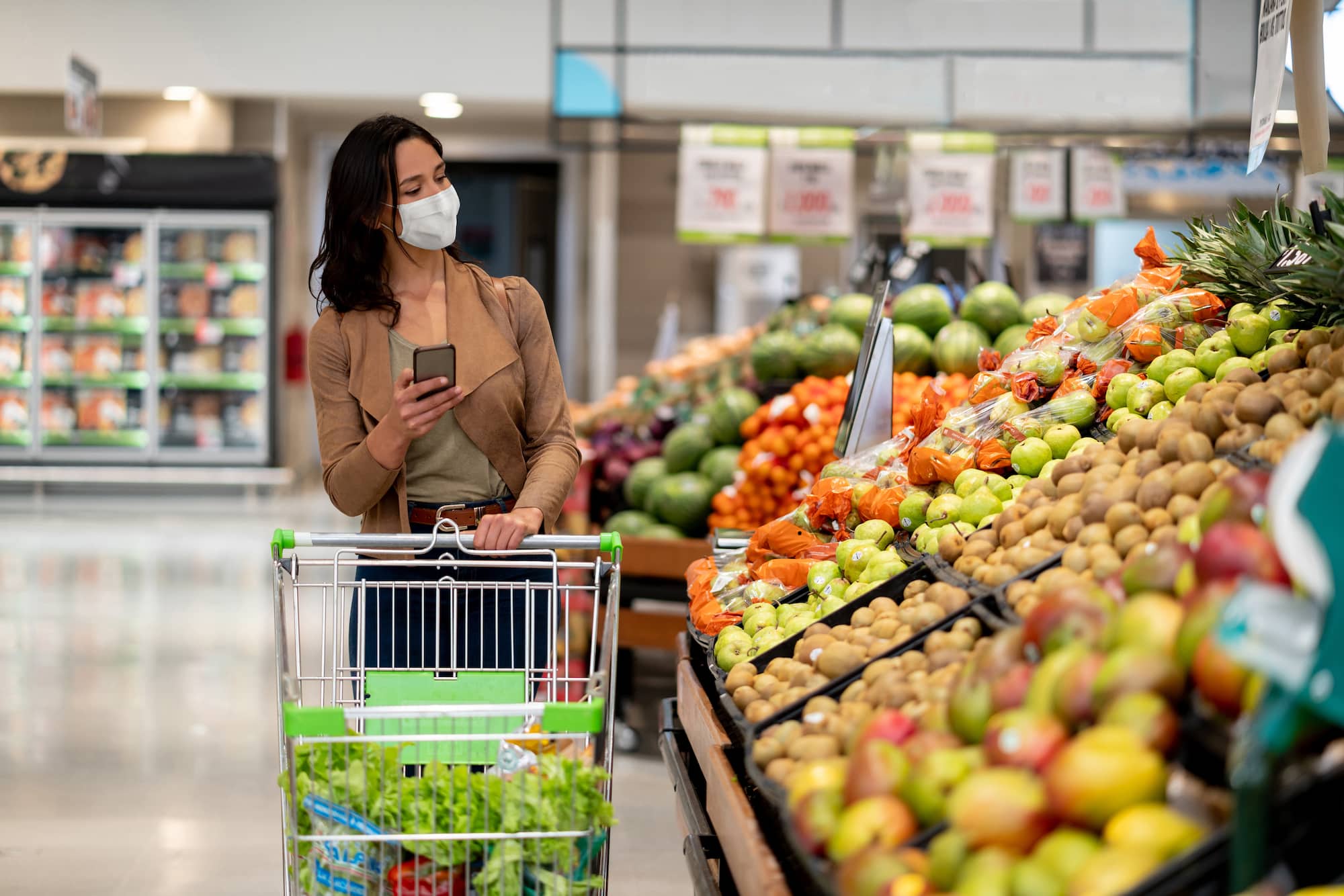Soaring grocery prices prompt concern from consumers.
The invasion of Ukraine and lasting impacts of the COVID-19 pandemic have altered patterns of trade production and consumer behavior across the globe.
Grocery and restaurant food prices are nearly 11% higher than they were at the same time last year, according to Jayson Lusk, Purdue University distinguished professor of Agricultural Economics. Grocery prices alone are about 13.5% higher than last year.
Read part one of the article here.
The extreme jump in prices have not gone unnoticed by consumers, especially those that physically go to the grocery store to do their shopping.
“People that do grocery shopping notice inflation way more than everybody else. If you go and buy the same items, you know how much they are,” explains Michelle Klieger, owner of Stratagerm Consulting. “So, if you are seeing the price increase in a short period of time, you’re feeling this inflation. When you go to the grocery store, you buy a whole basket of goods, so it feels like everything is more expensive.
“For example, how often do you buy a new book where you notice that it went from $18 to $20? Because these prices have been going up – and they’re going up faster than overall inflation in the U.S. – it feels like inflation is worse. That is making consumers more aware of inflation,” she concludes.
When prices initially increased, consumers were just paying more, revealed “Consumer Food Insights,” a monthly survey conducted by Lusk with colleagues at Purdue. At the beginning of this year, a majority of consumers answered the question, “How are you responding to the increase in food prices that you’ve seen over the past year?” with a simple answer – no change.
“That reflects what I was saying earlier – that consumers had built up savings. The economy was humming along pretty well, so people were just paying the higher prices, but they weren’t really cutting back,” says Lusk.
As consumers notice prices going up, they tend to shift towards different products, which is reflected in the survey’s more recent results. When the same question was asked around a month ago, the most common response was, “looking for sales and discounts.” The second most popular response was, “switching from brands to generics.”
“We’re starting to see some evidence that the higher prices are beginning to have an impact. Another question we asked in our survey last month was ‘Which areas of your household budget are causing the most stress?’ And there’s a list of about 12 items or so. Food was the number one issue across all consumers in terms of what was most stressful,” says Lusk.
Food Insecurity Could Worsen in the U.S. and Beyond
Many people have burned through their savings and are now facing a tighter household budget. For those who were already lower income households, the jump could be devastating. While Lusk’s survey has yet to see an increase in food insecurity from participants, he believes that worsened food insecurity throughout the U.S is a very real possibility.
“Lower income households spend a higher share of their income on food. Food price increases do tend to disproportionately affect lower income households,” says Lusk.
Part of the reason that food insecurity has not hit the U.S. yet despite inflation could be the expansion of Supplement Nutrition Assistance Program (SNAP) benefits, he believes. SNAP and additional resources for lower income households act as the federal government’s safety net to try and catch those that are at risk of being food insecure.
A factor that is actively combating those efforts is the disproportionate rise between wages and the food sector, as the increase in prices have outpaced the increase in wages.
“What we’ve seen is that consumers buying power has fallen in the general economy. People’s buying power over food has fallen. That’s another area where you start to worry a little bit about things like food security,” adds Lusk.
Rising grocery bills and the loss of consumer buying power are not only concerns in the U.S. The reaching arms of inflation have also touched countries across the globe.
For example, Klieger notes that one of the major sources of fat in low-income countries is vegetable oil.
“With reopening and supplies offline in Malaysia, we saw a huge increase in price. Fried food in America can afford the oil when other countries can’t. There were a lot of implications for diet,” she says. “The same thing happened with Ukraine. A lot of the Black Sea region wheat goes to Northern Africa, and so there was a lot of concern about political instability because of food prices there.”
For commodities that are traded at an international level, countries all pay the same price, despite the fact that some countries can afford a lot more than others. Despite geographical differences, many consumers are struggling to adjust to increased prices.
“What we’ve seen is that, in the last few months as inflation has increased, price sensitivity has increased. Consumers have become more price sensitive,” concludes Lusk.










